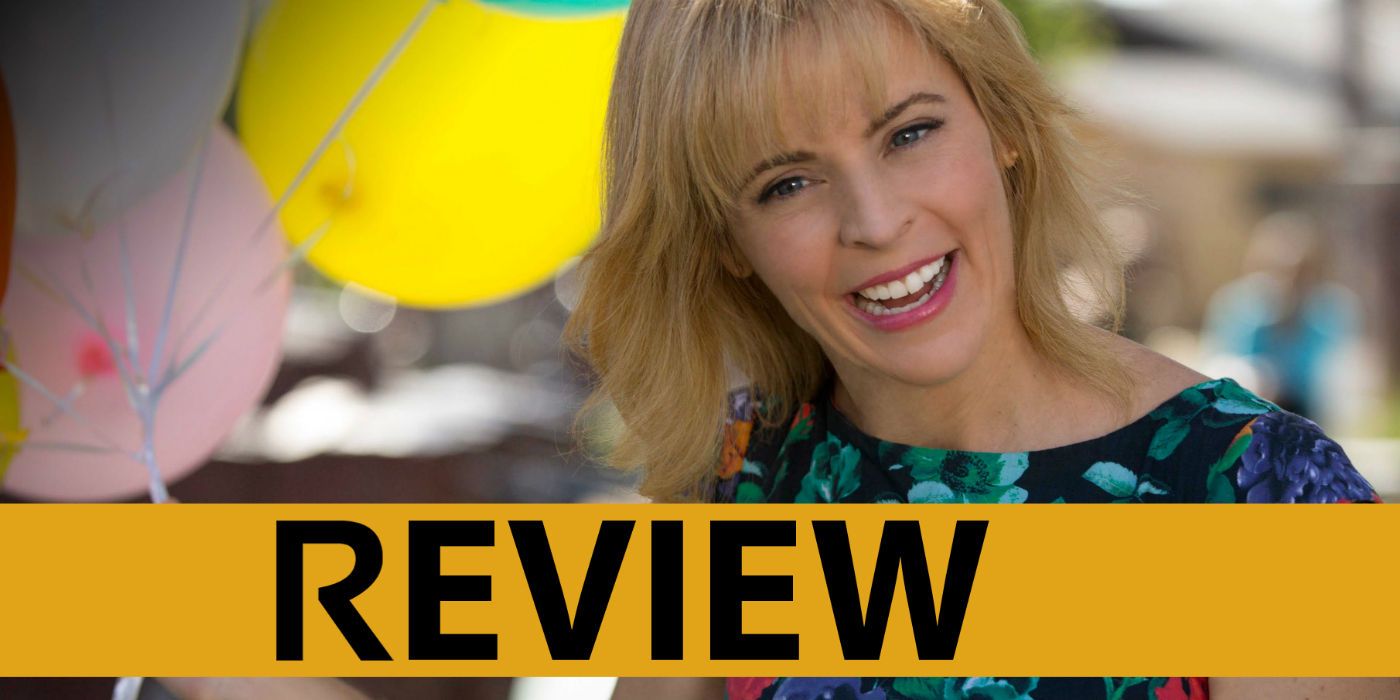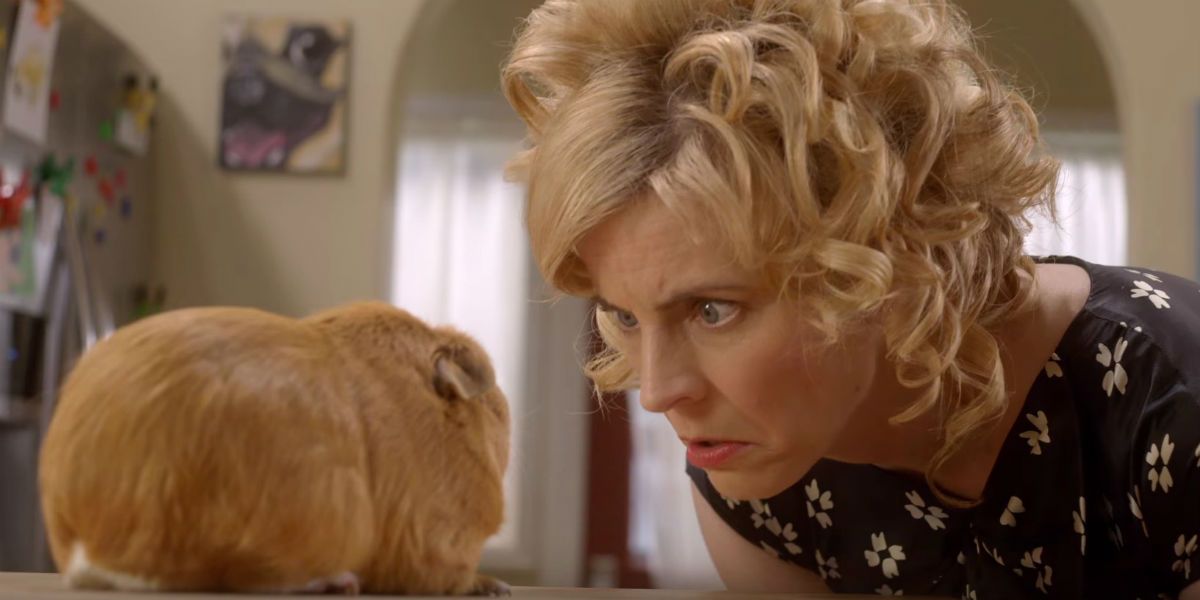Lady Dynamite, a Netflix comedy which premiered last week, seems very similar to dozens of comedian-led, semi-autobiographical sitcoms. Shows likes Seinfeld, Louie, Curb Your Enthusiasm and even another Netflix' comedy, Master of None, all work from the basic premise of adapting their stars' real experiences and stand-up into a fictional and often hilarious life.
This is exactly how Lady Dynamite approaches the life of its star, comedian Maria Bamford. The series explores three distinct periods in Maria's life, honing in on what's funny about the situation whether it be an audition, a first date, or the worst throes of depression. Yet, unlike previous comedian-starring sitcoms, Lady Dynamite equally employs the absurdity of shows like Arrested Development and to a lesser extent South Park, which isn't all that surprising given Arrested's Mitch Hurowitz and frequent Trey Park and Matt Stone collaborator, Pam Brady are the creators. And it's in this willingness to work outside the typical sitcom box that Lady Dynamite shines, marrying the deeply personal with situations that are downright surreal.
Lady Dynamite explores three periods of Maria's life - the Past, where Maria is searching for Hollywood success at the expense of her own well-being, funneling her mania into a lucrative gig as the commercial spokesperson for a major superstore; Duluth, where having moved back home with her parents, Maria is treated for suicidal depression; and the Present, where Maria moves pack to Los Angeles and slowly begins exploring her options in both work and love. And again, nothing about that setup speaks to how funny the series really is, tapping into its star's quirky energy and physicality, turning every possible scenario into a side-splitting scene.
Though only 12 episodes long, Lady Dynamite is a series that benefits tremendously by watching it in a binge, allowing each weird chapter to bleed into another. The chronology is at times a little confusing, with only the Duluth period standing as truly distinct from the other two in its grey-blue tones and more detached performance from Bamford. But even during her two separate stints in Hollywood, Bamford channels two versions of herself - one the eager to please, bundle of nerves that may actually explode under the pressures of her burgeoning career and social engagements, the other a more confident though still very anxious woman trying reestablish herself amidst her own insecurities. In its finale, "Enter the Super Grisham", these concurrent timelines converge to explain how Maria came to find herself in both the hospital and back in Hollywood post-breakdown.
Lady Dynamite never once stops being a comedy first and foremost, even when dipping into the personal depths of Bamford's mental illness. In those scenes in Duluth where Maria is at her absolute lowest, the jokes don't come by way of poking fun at her suffering but rather the people around her and their inability to process Maria's depression as a real disease. They're the fools, not Maria. Back in the Past however, Maria is very much playing the fool, one who's been coerced by the three overly pushy and aggressive Karen Grishams (her talent agent, her real estate agent, and her life coach) into sacrificing her very sanity for a job.
This leads to a downright hallucinogenic meltdown in the finale where Maria (presumably) imagines the three Karens combining into one guinea pig - the Super Grisham - which urges Maria to use her speech at a corporate Checklist event to rail against the company and its practices. Doing just that, Sugar Ray's Mark McGrath, the event's celebrity emcee, tries to escort Maria away from the mic when she punches the singer, causing him to knock the wheelchair-bound Checklist CEO off the stage, killing him. This is the moment of her full meltdown, the one that sends her back home and into serious treatment. But on Lady Dynamite the scene isn't bleak, rather it's almost triumphant in how Maria imagines it, with McGrath transforming into giant sugar cube monster that she fights while she herself becomes a latex-clad, masked hero straight out of a Japanese superhero show (think Power Rangers).
Surrealism is how Lady Dynamite is able to discuss mental illness in a lighthearted but never glib manner. The disease and its effects on Maria are serious, but how the show chooses to present manic episodes can be truly bizarre, leaving it to the audiences to figure out what's real and what's not. And no where is this more apparent than in how Maria interacts with her pugs: Blossom, Blueberry, and Bert. As the series progresses, Maria's pugs become more significant, serving as confidants and giving advice - something that's only possible because they talk.
At least, Maria imagines they can, but even stranger and harder to explain is how others also talk with her pugs. When in Duluth, Blossom returns from the dead and serenades Maria in a pet shelter; we can easily assume only Maria sees this, but when in the Present, Bert answers the door and talks (in a German accent, no less) with Maria's new boyfriend, Scott, it's unclear what's really happening. Never questioning the absurdity is what's key in these moments, focusing more on what these surreal scenes represent. And in the case of the pugs, it's the vital role they play in not only Maria's life but her recovery, as just about any pet owner can attest.
Lady Dynamite isn't afraid to make things weird, to put its heroine in totally ludicrous situations and let things play out as implausibly as possible. There's humor, there's heart, but most importantly there's a frankness in depicting mental illness as a normal part of any life.
Lady Dynamite season 1 is now available to stream on Netflix.


